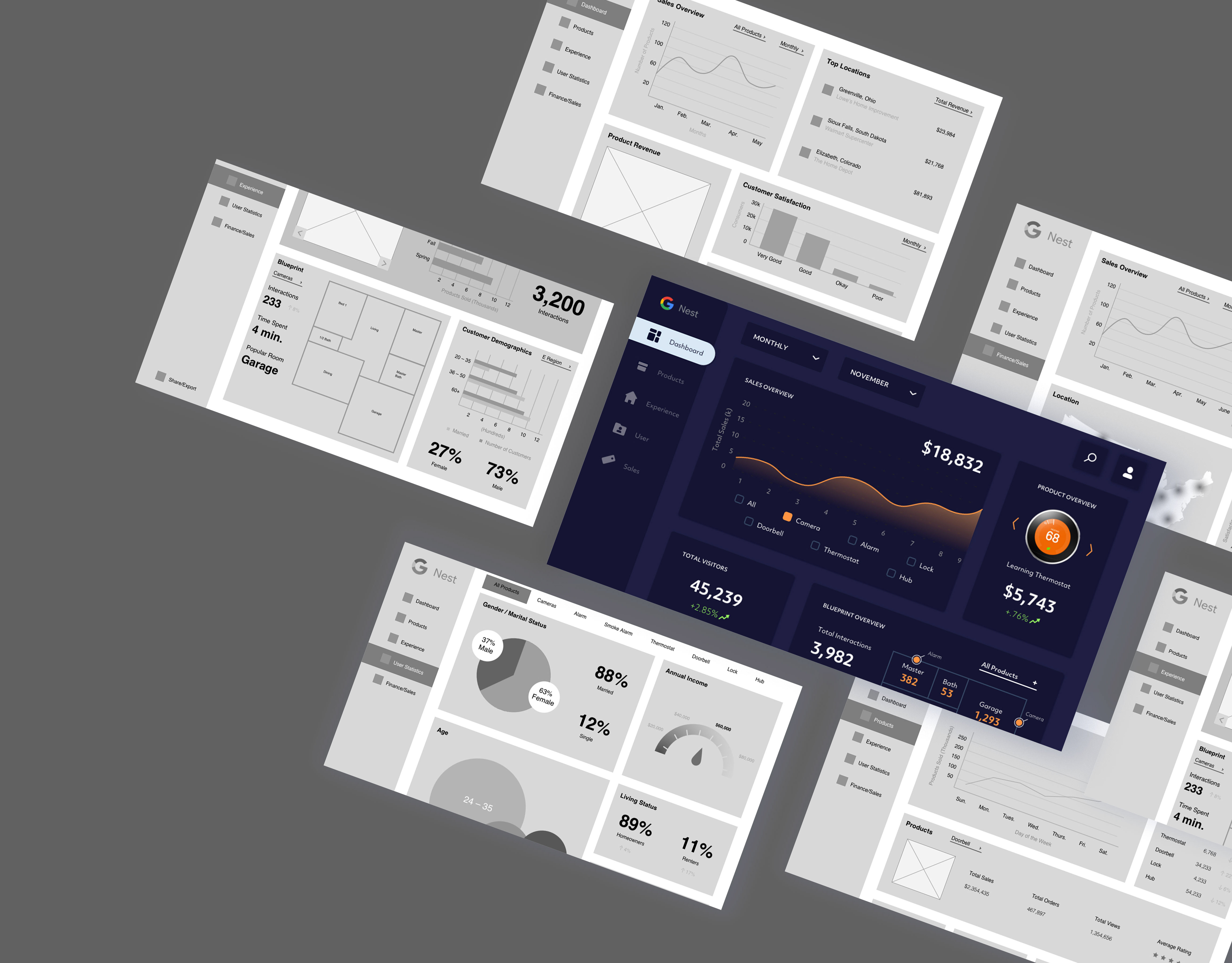Opening in 1872, Dry Goods is a Von Maur retail brand with a variety of products such as clothing, accessories, and home decor. With a classy vintage aesthetic and boutique style, the brand is dedicated to demonstrating its old-fashioned customer care to a new generation of clients.
Dry Goods is commonly found in strip malls and plazas across the United States. Due to its small storefront and lack of targeted advertising, Dry Goods has fallen in the shadows of its competitors such as Altar'd State and Shein.
The Problem
Dry Goods has a powerful brand appeal and a solid foundation of loyal customers. Unfortunately, it has become clear that the company has little expertise with target marketing, advertising, and brand consistency. Dry Goods lags behind its competitors due to its failure to promote items to a specific target group, despite the great appearance.
Campaign Objective
Establishing a brand guide booklet will ensure that all business standards and products are uniform across all platforms. The heart of the book comprises details on all of the brand's assets, including the logo mark and how it is used. It will demonstrate how these assets are used across various marketing channels, such as signage, bags, social media, and the website.
Research
Brand Research
The Dry Goods label is noted for its elegant, antique aesthetic. Customers will feel more connected and valued by the brand when the setting is warm and welcoming. The brand is characterized by a single logo with symmetrical accents on both sides and a stylized text. Although this logo conveys the brand's historical aesthetic, it does not adapt well to smaller spaces or portrait orientations.
Social Analysis
With online shopping and on-the-go lifestyles becoming more common, social media has become a valuable tool for any business. While it's critical to ensure that the message is similar across all platforms, the tone must be tailored to the audience. Being active on social media platforms will help to enhance the relationship between the firm and its consumers.
Concepting
During my research, I was inspired by two different concepts that could represent the brand. Muted hues, delicate textures, and line-drawn illustrations were paired with naturally lit photography in the first concept to emphasize the design's bohemian character.
Bright colors, bold patterns, and playful fonts were featured in the second idea. The polaroid-style imagery was utilized to give the brand a dated yet refined appearance, while the typefaces were simple but had a mix of antique and lively personalities.
User Testing
I conducted a study with six females aged 18–23 to get opinions on which notion was more realistic after developing the two concepts. These individuals are part of Dry Goods' target demographic because they use social media platforms including Snapchat, TikTok, Pinterest, Instagram, and Facebook. The bulk of the group wants to try on and feel products in-store at boutiques, outlet malls, and local businesses before making a purchase.
After further review, the first concept was deemed to represent Dry Goods more accurately. The organic shapes and earthy color palette display the free-spirited attitude of the brand. The soft, subtle illustrations are reflective of the brand's tone and aesthetic.
Design & Refine
Defining the Solution
Creating a brand guide booklet may ensure that all corporate standards and products are uniform across all platforms. The heart of the book comprises information on all of the brand's assets, including the logo mark and its application, typography, color palette, illustration style, and photography. Finally, it will demonstrate how these assets are linked across marketing platforms such as signage, bags, social media, and the website.
The Brand Mark
The new Dry Goods logo has symmetrical values and vintage-inspired elements. The use of a flower in the logo embellishments will help to establish the brand's organic and earthy vibe. Given its recognition, Dry Goods will be able to utilize the mark instead of the entire logo.
In-Store Experience
The Dry Goods in-store experience will cover all assets that customers come across in or around the store. These marketing tools will aid in the increased engagement of customers. Displaying signage in high-traffic areas and being proactive on social media will help increase foot traffic.
Digital Experience
New clients need to obtain general information about Dry Goods, shop for their chosen goods, contact customer support, and identify locations near them. Advertisements on Facebook, Instagram, and Snapchat are also part of the digital experience to ensure that the brand reaches the segment of the target demographic that is socially active.
Redesigning the company's homepage will allow users to find the information they need and improve their online shopping experience. Expressing the vintage aesthetic with accents of subtle illustrations will accurately reflect on the brand. Improved navigation will allow for an improved user experience that targets the consumer market online.
My Learnings
Dry Goods values its old-fashioned customer service. By offering more opportunities to engage with the brand on social media, customers will deem the brand trustworthy and honest. The brand will step out from the shadows of its competitors in an increasingly competitive retail landscape. Customer service will be readily available for new customers and increase brand loyalty.





